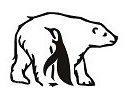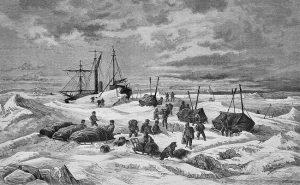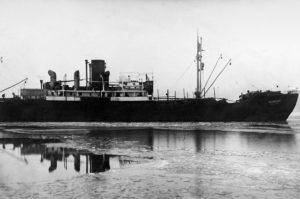
In September 2020, Stanislav Egorovich Belikov, the oldest researcher at the Institute of Ecology, head of the Laboratory for the Conservation of Marine and Coastal Ecosystems, had a triple anniversary: the famous scientist turned eighty years old! He worked at the institute for fifty of them! He worked in the Arctic for fifty years!
The scientist’s international fame and popularity far surpasses those he has here in Russia. In the USA, Norway, Greenland and many other countries, everyone who is at least partially involved in the polar bear considers Belikov an outstanding researcher, one of the leading experts on the polar bear.
But at the same time, they know him as a modest man who does not shout about his merits. Congratulating the hero of the day A.S. Peshkov, Deputy. The director of the institute presented him with a wonderful gift: “Given the importance of Stanislav Egorovich Belikov’s scientific works from the United Nations, I want to present him with a diploma from UNESCO for outstanding achievements in the protection of the polar bear and for the conservation of Arctic wildlife.”
From the memoirs of S.E. Belikov: “Hold on to your legs!” I shouted to my friend, and I lowered my head into the den through a hole in the snow. My glasses were fogged up, but through the haze I still saw the big head of the bear and her black nose right in front of me. I exhaled, “Pull!” and my friend pulled me out. Another second and my head would have remained in the den.”
“An unusual episode. On one of the expeditions, we drove an all-terrain vehicle to the polar station of the Institute of the Arctic and Antarctic. It was located on a glacier at an altitude of about 600 meters… We are approaching, but there is no station! Only the antennae stick out of the ice. For thirty years, the station has been completely immersed in the glacier. The glacier was growing, and the station was sinking. So we had to go downstairs.”
A little bit about yourself
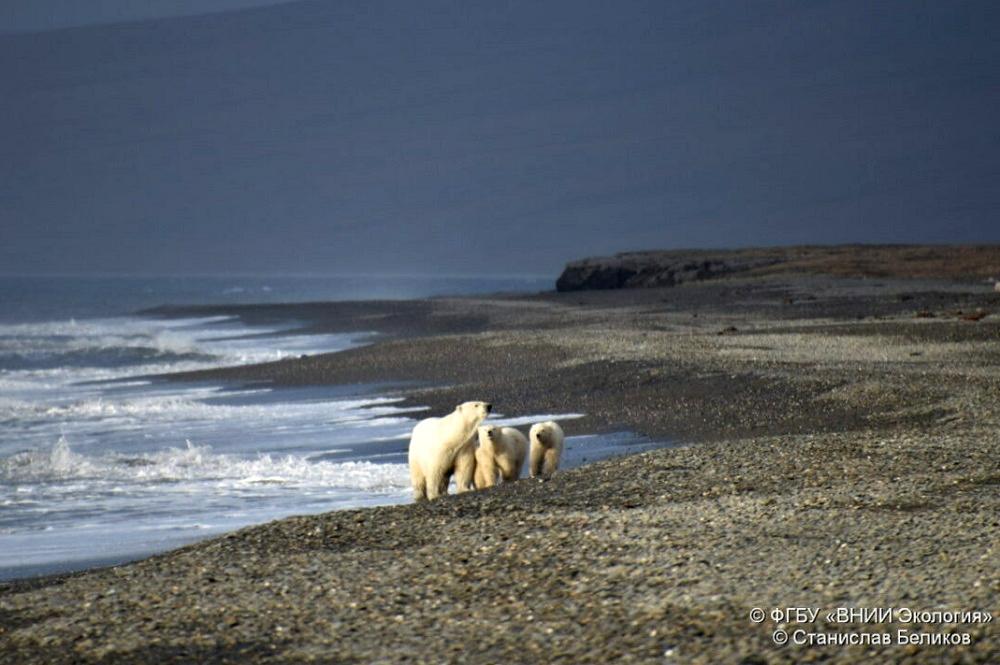
Here is what Stanislav Egorovich Belikov told about himself.
I was born in one of the villages on the outskirts of the Moscow region before the outbreak of the Great Patriotic War and I remember well how we were fed potato peelings. And not because they had a special nutritional value. Then the whole country lived by taking care of the front and almost all the potatoes were given by villagers and villages to those who fought.
After the end of the war and moving to the district center (village of Dmitrovsky pogost), he studied at a rural school and spent all his free time with friends in nature or reading books. I was not indifferent to both. We spent whole days in the woods or on the river during the summer holidays, which undoubtedly predetermined my future in many ways. I reread an incredible number of books, fortunately, my father Georgy Spiridonovich (before the war – Egor Spiridonovich) was the head of a bookstore for many years.
After graduating from school, he worked for about a year at the lugo-melioration station as an electrician’s assistant, then entered and graduated from the machine-tool engineering college in Yegoryevsk, Moscow region in 1961. I was assigned to the Kolomna Textile Machinery Plant. He worked there first as an adjuster, and then as a foreman at one of the sites.
I was drafted into the army in the fall. The next three years were a gift of fate for me, the service was so interesting. She was involved in space exploration. When the conversation at the table turns to the contribution of our country to the exploration of outer space, I very modestly note that I was the first to receive a message from Valentina Tereshkova when the spacecraft entered low-Earth orbit.
Then I entered the Geography Department of Moscow State University, the Department of Biogeography. It was a conscious choice, influenced by my passion for nature and geography in my youth. The five years I spent at Moscow State University were extremely interesting for me. Every year, all students of the faculty went to practice or on expeditions, acquiring not only practical knowledge, but also the ability to find a way out in any difficult situations.
About working in the Arctic
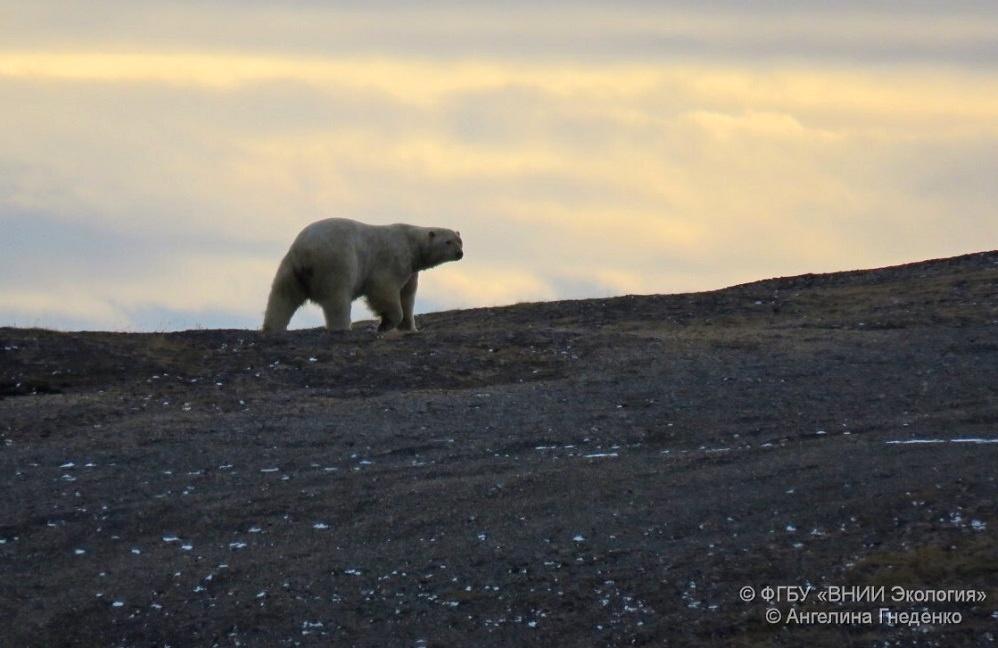
Then Stanislav Egorovich told about his work.
After graduating from university and working for a short time in the Kyzyl-Agach Nature Reserve in Azerbaijan, I was accepted into the Department of Conservation of Arctic Ecosystems in Moscow. The department was headed by the famous Russian scientist and polar explorer Savva Mikhailovich Uspensky, who made a great contribution to the research of the Arctic avifauna, the acclimatization of musk ox in our country, the study and conservation of the polar bear.
In the following years, I had the opportunity to participate in many polar expeditions on the mainland and Arctic islands — from the Franz Josef Land archipelago to fr. Wrangel, and to study the fauna of mammals and, in part, birds. My task was to obtain new data on research sites and develop measures to protect them. Over time, the nature and scope of the tasks have grown to the development of measures to protect entire natural complexes.
The polar bear has occupied and continues to occupy a special place in my research in the Arctic. In the 1990s, an Agreement was prepared on the Chukchi-Alaskan polar bear population, in which I was instructed to take an active part. In October 2000, the Agreement between the Governments of Russia and the United States was signed and entered into force in September 2007.
As one of the participants of the expeditions, I managed to learn a lot about the polar bear. In summer and autumn, they accumulated on Wrangel Island for several hundred heads. The maximum number of bears was recorded and described by us in 2017 – about 600 individuals. It should be said that the more you see polar bears and observe their behavior, the more questions arise. But this is the logic of science…
In recent years, much attention has been paid to the preparation of materials for the Ministry of Natural Resources of the Russian Federation on 11 key species of marine mammals included in the Circumpolar Biodiversity Monitoring Program of the KAFFA. The key species include, in particular, the bowhead whale, beluga whale, narwhal, walrus, and polar bear.
These and other key species are very closely related to sea ice and the ongoing warming of the climate, as well as the growing development of hydrocarbons on the coast and the Arctic shelf, have a very noticeable impact on many aspects of these species. Hopefully, young researchers can answer the question of what needs to be done in the near future.
Source It is published in an abridgment
